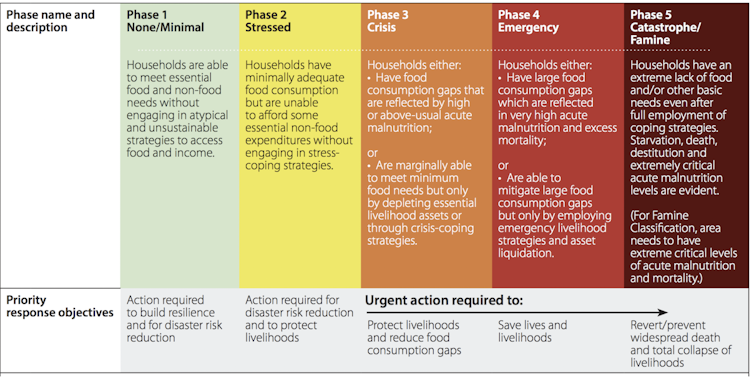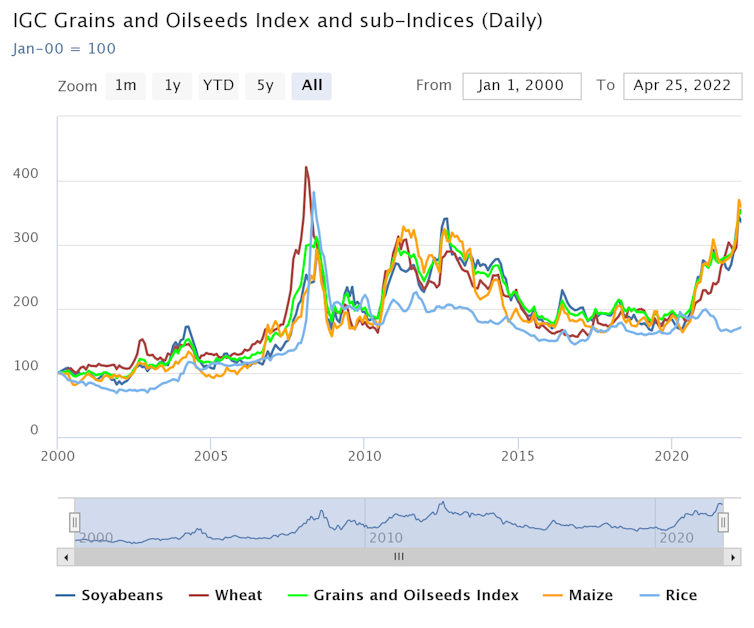Ben McGrath
Japan has backed the US-NATO proxy war against Russia in Ukraine and exploiting the conflict to justify its own military buildup and remilitarization. In particular, Tokyo is aggressively asserting its territorial claims to the Kuril Islands in its longstanding dispute with Moscow, while accusing China of preparing to invade Taiwan.
The Japanese foreign ministry released its annual Diplomatic Bluebook for 2022 on April 22. The document refers to four islands in the Kuril Island chain just to the north of Japan, which it calls the Northern Territories, as being “illegally occupied” by Russia. It insists that “the Northern Territories are islands over which Japan has sovereignty, and are an inherent part of the territory of Japan.” Russia refers to the four islands as the Southern Kurils.
It is the first time since 2003 that the words “illegally occupied” have appeared in the bluebook while the phrase an “inherent” part of Japanese territory has not been used since 2011. The report also attacked Russia’s military intervention in Ukraine as “an outrage that undermines the foundation of the international order not only in Europe but also in Asia.”
Relations between Tokyo and Moscow have rapidly soured since the outbreak of the Ukraine war in February and the Japanese government’s decision to side with the US in denouncing Russia and imposing economic sanctions.
Tokyo is also increasing monetary aid to Ukraine to $US300 million and plans to supply Kiev with surveillance drones and hazmat suits—thereby supporting Washington’s unsubstantiated allegations that Russia could be preparing to use chemical weapons.
Tokyo’s decision to side with the US against Russia is a clear turning point in relations with both Moscow and Beijing. An official in the prime minister’s office cited in the Asahi Shimbun described the sanctions against Russia as “a landmark political decision in the history of Japanese foreign diplomacy.”
On March 21, Russia formally broke off negotiations with Japan over the Kirils, “due to the impossibility of discussing the core document on bilateral relations with a country that has taken an openly hostile position and is striving to cause harm to the interests of our country.”
On March 25, Russia’s Eastern Military District said it was conducting military drills on the Kuril islands with more than 3,000 troops and associate military hardware.
The Kuril Islands are located to the northeast of Hokkaido, stretching from there to Russia’s Kamchatka Peninsula. Only four of the chain’s island groups are disputed—those closest to Hokkaido: Etorofu/Iturup, Kunashiri/Kunashir, Shikotan, and the Habomai Islands. The Soviet Union took control of the islands following Tokyo’s surrender on August 15, 1945.
During World War II, the Allies—the Soviet Union, the US and Britain—agreed to strip Japan of all its colonies and islands, except its four main islands and other islands as they saw fit to return to Tokyo. The Yalta Agreement specifically stated that the Kurils would be handed to the Soviet Union.
In the immediate aftermath of World War II, the US relied on the betrayals of the Soviet Stalinist regime to restabilize capitalism, in Europe where the Communist Parties in France and Italy entered bourgeois governments, and in Japan, where the Japanese Communist Party suppressed the huge strike movement.
Having restabilized global capitalism, the US went on the offensive, leading to the start of the Cold War. Japan was transformed into a bastion of anti-communism and a base of military operations in the region in particular during the Korean War.
As a result, Japan and the Soviet Union never signed a treaty to formally end their conflict during World War II. During the 1950s, US intervention into negotiations prevented a resolution to the dispute and signing of a peace treaty, with the dispute over the Kurils serving as one excuse for Washington to maintain its military presence in Japan and the region.
The dispute has continued to fester after the dissolution of the Soviet Union. In 2018, Japanese Prime Minister Shinzo Abe and Russian President Vladimir Putin held talks with a view to concluding a peace treaty and resolving the dispute over the Kurils, but could come to no agreement.
Following Japan’s publication of the latest bluebook this month, Moscow insisted on its territorial rights over the Kurils. Kremlin Press Secretary Dmitry Peskov stated the four islands were Russia’s “integral territory” and denounced Tokyo for its “hostile actions” towards Moscow, saying any peace treaty talks in the future had become unlikely.
Japan’s aggressive stance towards Russia is bound up with its own remilitarization that intensified under the previous prime minister, Shinzo Abe, who boosted military spending. He also set out to undermine and rewrite the country’s postwar constitution that formally bars Japan from maintaining a military or deploying it overseas. The current government of Prime Minister Fumio Kishida has continued that policy.
While he stepped down in 2020, Abe remains highly influential within the ruling Liberal Democratic Party. In February, he called on the government to hold discussions on hosting US nuclear weapons in Japan, thus integrating it more directly in US war plans especially against China. While Kishida dismissed Abe’s remarks at the time, the LDP quietly began discussion his proposal in March, well aware that it would provoke widespread public opposition.
Abe has also been prominent in stoking tensions with China over Taiwan. He met online with Taiwanese President Tsai Ing-wen in March discuss the war in Ukraine. In her remarks to Abe, Tsai stated, “This kind of unilateral use of military force to change the status quo and infringe on the sovereignty of a democratic nation absolutely cannot be permitted to occur in the Indo-Pacific region.”
While not explicitly mentioning Beijing or Taipei, Tsai’s comments come close to referring to Taiwan as a sovereign nation and openly challenging the “One China” policy. The policy states that Taiwan is a part of China, though both Beijing and Taipei agree to differing interpretations so long as the latter does not declare independence. Nations with diplomatic relations with Beijing, including the US and Japan, adhere to the One China policy and do not recognize Taiwan as an independent country.
Abe declared that he was interested in visiting Taiwan. Such a visit would almost certainly be interpreted as a major provocation by Beijing. Though no longer prime minister, Abe’s influence and status as a major supporter of remilitarization would be interpreted as a serious challenge to the “One China” policy.
Beijing’s Foreign Ministry spokesman Wang Wenbi responded to the Abe/Tsai meeting by saying, “Taiwan is China’s business, not Japan’s.”
Tokyo is attempting to capitalize on the barrage of anti-Russian and anti-Chinese propaganda to further push its goal of remilitarization. This has nothing to do with support for democratic or “human” rights in Russia or China, but is aimed at drowning out the widely held anti-war sentiment throughout the working class and among young people.



